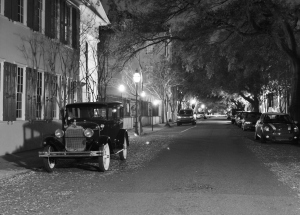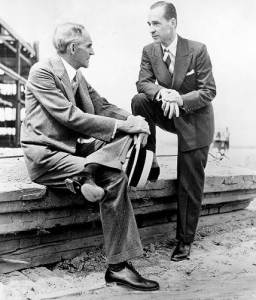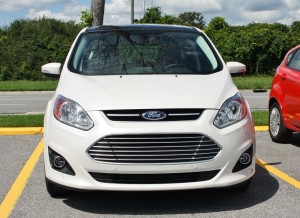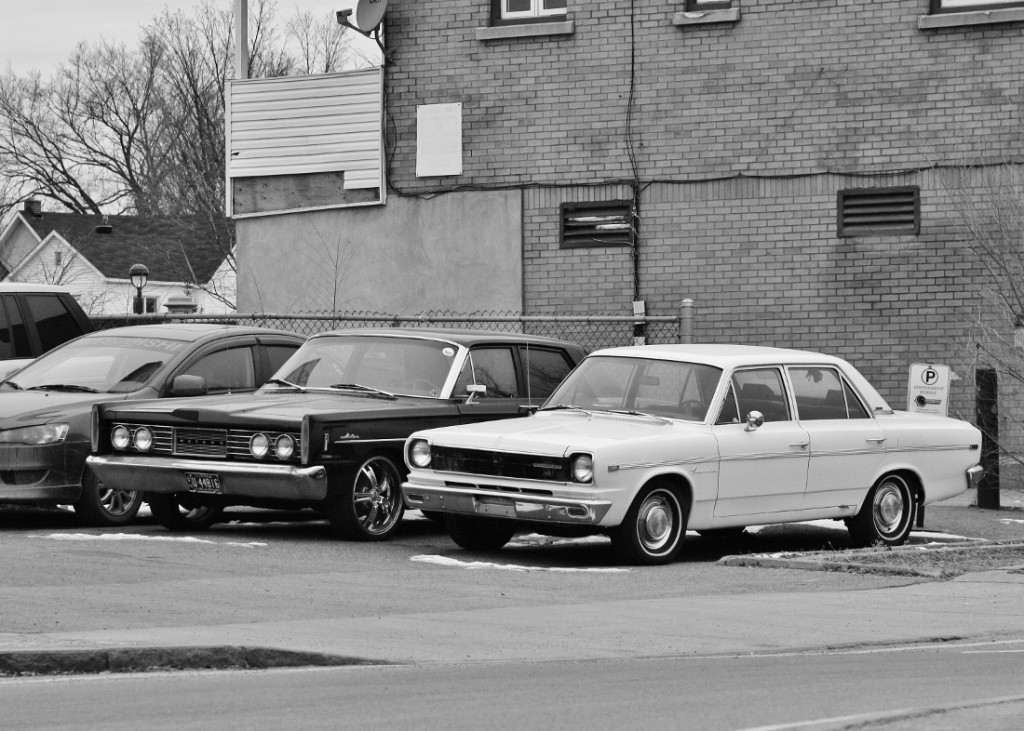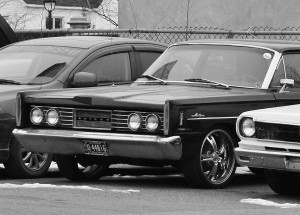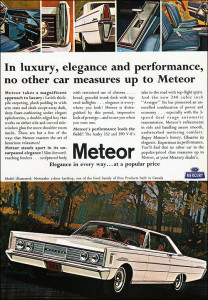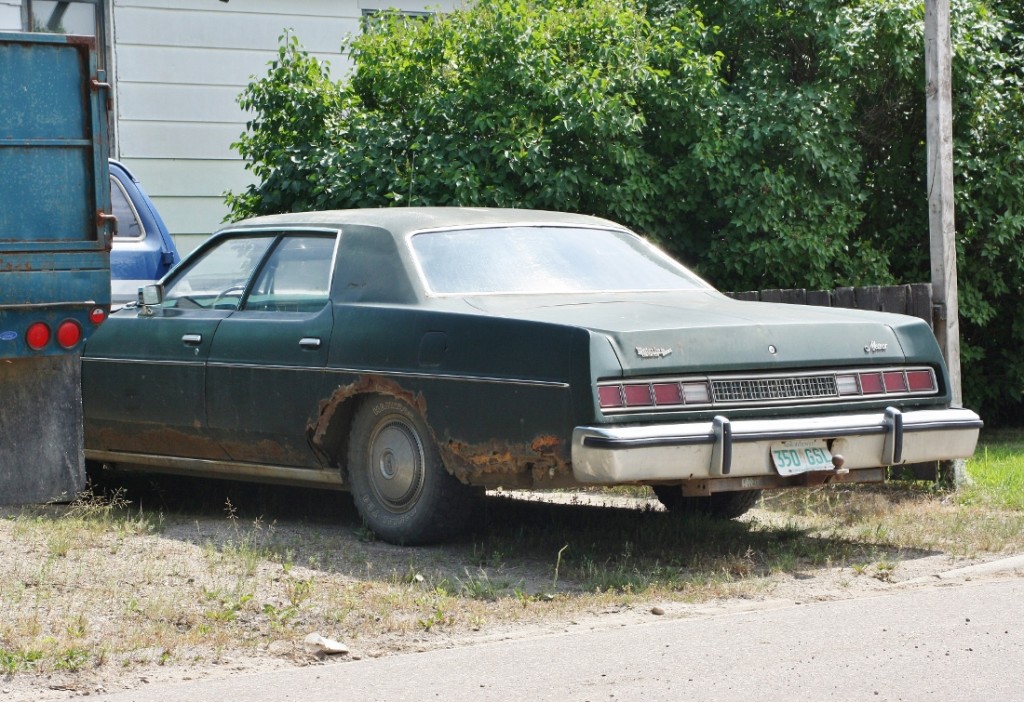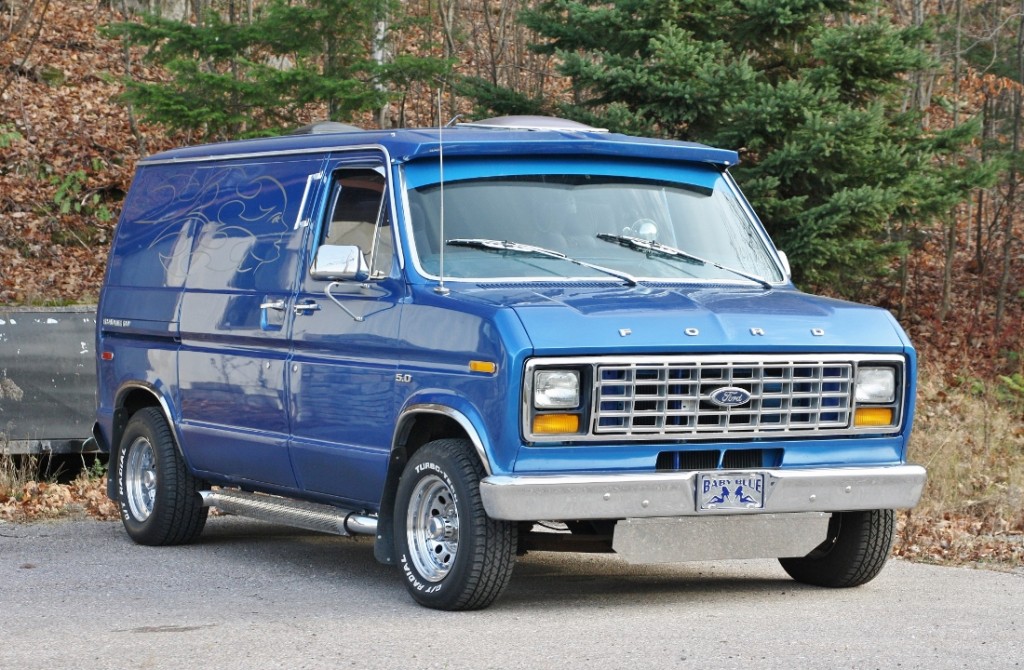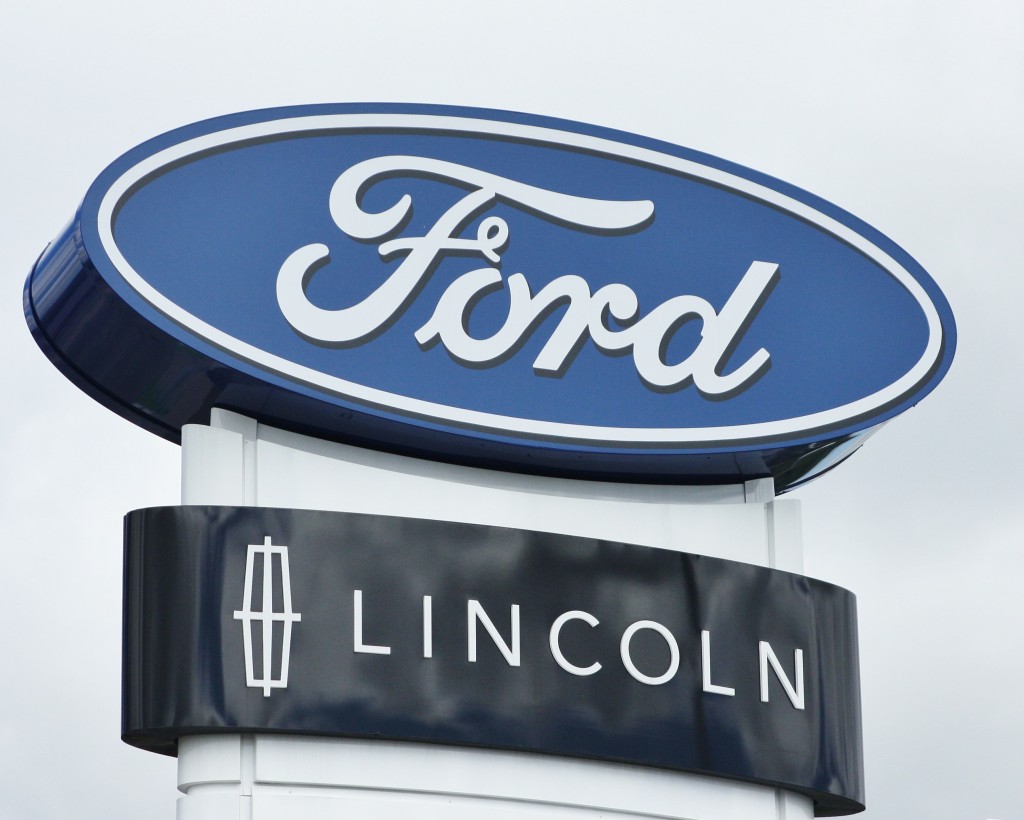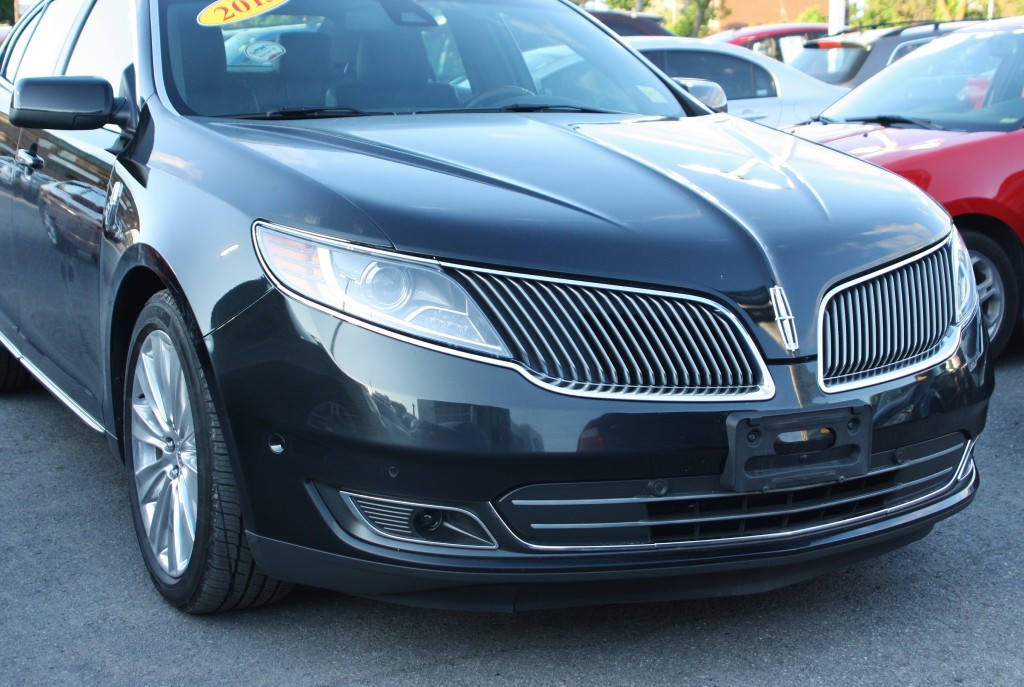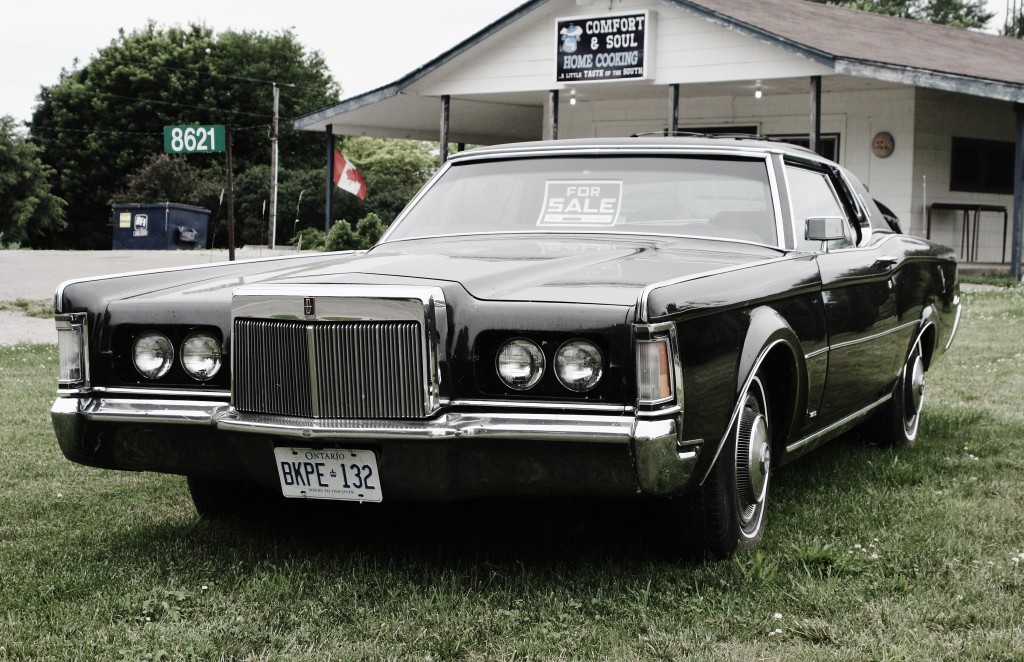There was so much happening in the early 1960s, one can be forgiven for not noticing the roofline on a mid-range Ford Motor Company product.
The Bay of Pigs invasion, the Cuban Missile Crisis, the Space Race and the JFK assassination all competed for national attention in that era. But behind all the drama (not to mention the drinking and smoking), there was a movement afoot to set the often wayward middle child of the Ford family (Mercury… we’re talking Mercury) on a new and distinctive path.
While the Fords of the late 1950s were understated and didn’t go in for the styling excesses of the higher end GM and Chrysler models of the time, Mercury and Lincoln embraced them.
Fast-forward to the early 60s. Fords remained relatively conservative in appearance (read: safe) thanks to lessons learned from their short-lived 1960 styling experiment, while Lincoln had scrapped its former gargantuan and gaudy 1958-1960 body to create a timeless classic – the 1961 Continental.
The Mercury division was left somewhere in the middle, unsure of whether to appear as an uplevel Ford or a stripped Lincoln. In preparing for the 1963model year, Mercury seized on a styling cue originally marketed in their ’57 Turnpike Cruiser as a way of setting themselves apart from the other divisions.
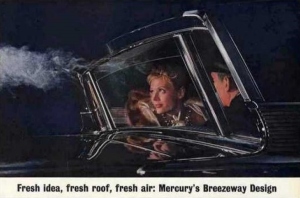
It was impossible not to smoke ALL THE TIME in the Mad Men era, and this 1963 ad showed how the Breezeway could change your life.
The reverse-slanted, retractable rear window was just one neat-o, futuristic gimmick on a car now semi-infamous for being full of them. The Turnpike Cruiser was the ultimate Space Age dream car, but that era has now passed.
The rear window idea, however, had legs. Not only was there comfort and convenience attributes in having a back window that could open up, out of the rain, but it would make for a noticeably different roofline – something that would help set Mercury apart from both Ford and Lincoln.
For 1963, the ‘Breezeway’ roof (as it was marketed) became available on the Monterey. In addition to the distinctive roof, the ’63 Merc set itself apart from its other stablemates by way of a strong beltline and slightly concave side panels, as well as a set of triple taillights. A big 390-cubic inch V-8 came standard and provided plenty of muscle to move the large sedan around. A 427-cubic inch V-8 was optional.
Advertising at the time called attention to the new roof, depicting pleasant scenes brought about by that overhanging roofline and retractable window. One ad showed a bird taking shelter from a rainstorm under the rear lip, while others showed happy people venting their cigarette smoke out the back of the passenger cabin.
For 1964, Mercury resurrected the higher-end Montclair and Park Lane nameplates and applied the Breezeway roof treatment to them. In ’65, designers tried to bring the model line even more upscale by giving the Mercs a Lincoln-like front end, while reducing the number of models with Breezeway roofs.
Buyers liked the Lincoln front end (offered at a much lower price than the actual luxury division) but preferred a formal roofline for sedans. This trend carried over into the similar-styled ’66 models.
For the last two years the Breezeway roof was offered (1967 and ’68), the design changed completely in order for the car to adopt the sloping beltline with ‘shoulder’ over the rear fenders that was so popular at the time. The Breezeway roof now sloped towards the front of the car like a conventional roof, except with a slight overhang that allowed the rear window to be rolled down a couple of inches.
While the ventilation effect could still be achieved, air conditioning was now becoming commonplace, and features like the Breezeway were no longer needed, or marketable.
Though it disappeared after just six model years, the Breezeway represented an interesting and successful attempt to get noticed in a turbulent and confusing time for the auto industry. Still distinctive after all these years, well-preserved models like the mint example I found in rural Saskatchewan really stand out.
It’s easy to see the appeal in a Breezeway.



